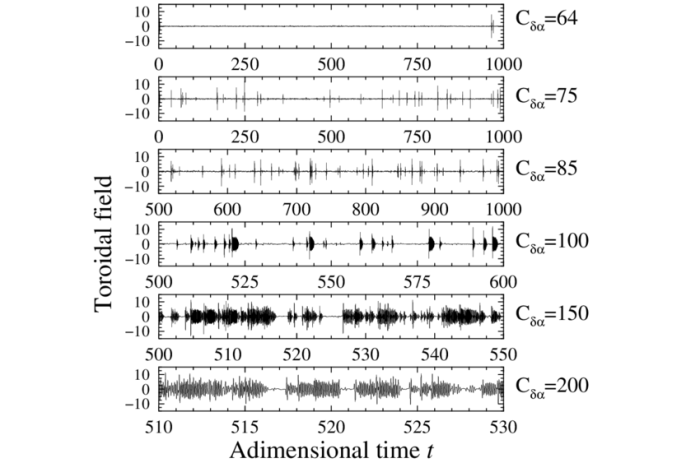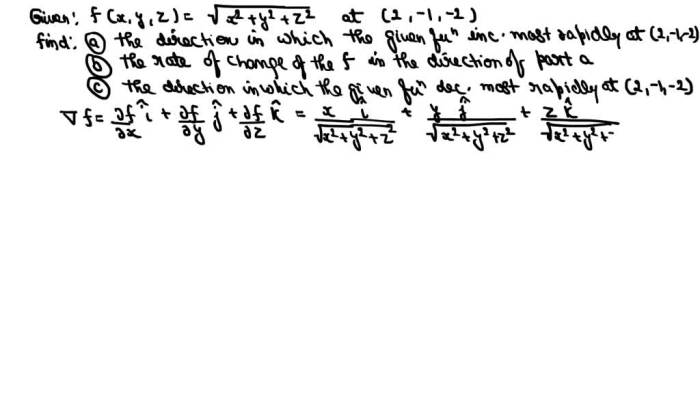Beyond this point the frequency of trips decreases rapidly – As we delve into the realm of transportation planning, a critical concept emerges: beyond this point, the frequency of trips decreases rapidly. This observation, known as the threshold effect, profoundly influences trip patterns and has far-reaching implications for planning and policy.
The threshold point represents a critical distance beyond which the number of trips made by individuals diminishes significantly. This phenomenon is driven by a complex interplay of factors, including transportation costs, time constraints, and the availability of alternative modes of transportation.
1. Distance and Frequency Relationship: Beyond This Point The Frequency Of Trips Decreases Rapidly

The distance between an origin and destination has an inverse relationship with the frequency of trips made between them. This means that as the distance increases, the frequency of trips decreases. This relationship is observed in various settings, including:
- Commuting to work or school: People are more likely to commute to nearby destinations than to distant ones.
- Shopping: Consumers tend to make more frequent trips to local stores than to distant shopping malls.
- Recreation: People are more likely to engage in recreational activities close to home than to travel long distances for them.
2. Threshold Effect
Beyond a certain distance, the frequency of trips decreases rapidly. This point is known as the threshold point. The threshold distance varies depending on factors such as:
- Mode of transportation: Trips by car tend to have a higher threshold distance than trips by public transportation or walking.
- Purpose of trip: Trips for essential activities (e.g., work, school) typically have a higher threshold distance than trips for discretionary activities (e.g., recreation, shopping).
- Individual preferences: Some individuals are more willing to travel long distances than others.
3. Factors Influencing Frequency

Beyond the threshold point, several factors influence the frequency of trips:
- Accessibility: The ease of getting to a destination affects trip frequency. Destinations with good public transportation or road access tend to have higher trip frequencies.
- Attractiveness: The attractiveness of a destination, such as its amenities or entertainment options, can also influence trip frequency.
- Cost: The cost of travel can deter trips, especially for long distances.
- Time constraints: People’s time constraints can limit the number of trips they make.
4. Spatial Distribution of Trips

The frequency gradient beyond the threshold point affects the spatial distribution of trips. Areas closer to popular destinations tend to have higher trip frequencies than areas further away. This gradient can shape urban development patterns, as businesses and residential areas tend to locate near high-frequency transportation corridors.
5. Implications for Planning and Policy
The decrease in trip frequency beyond the threshold point has implications for transportation planning and policy:
- Infrastructure development: Transportation planners need to consider the threshold point when designing new infrastructure, such as roads and public transportation lines.
- Land use planning: Land use policies can influence the spatial distribution of trips by promoting mixed-use development and reducing the need for long-distance travel.
- Transportation pricing: Pricing strategies, such as congestion pricing, can be used to discourage trips during peak hours or to promote trips to less congested areas.
Question Bank
What is the threshold effect?
The threshold effect refers to the point beyond which the frequency of trips decreases rapidly with increasing distance.
What factors influence the threshold point?
Factors such as transportation costs, time constraints, and the availability of alternative modes of transportation influence the threshold point.
How does the threshold effect affect trip patterns?
The threshold effect creates a gradient in trip frequency, with higher frequencies near the origin and lower frequencies at greater distances.